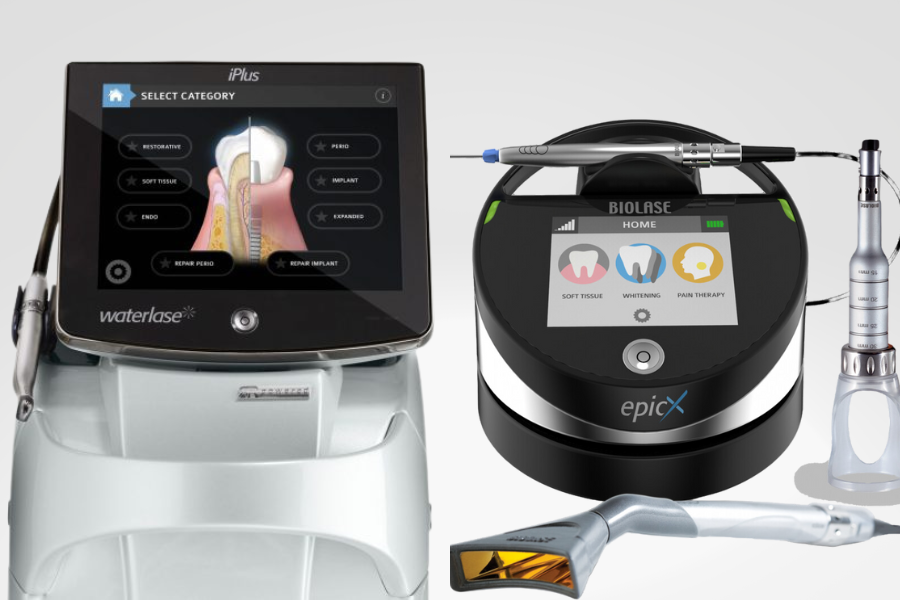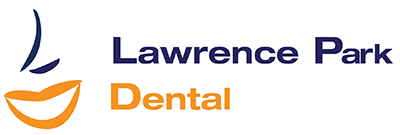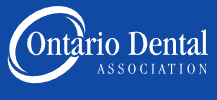Welcome to Lawrence Park Dental
Laser Dentistry

Laser Dentistry
Laser dentistry is a minimally invasive option when you’re facing gum surgery, cavity treatment, or other oral issues.
Dentists can use lasers in a variety of dental procedures inside or outside the mouth. A few examples of its use are to remove overgrown tissue, reshape the gums, whiten teeth, enhance canal disinfection during root canal treatment, desensitize teeth, reduce TMJ or muscle pain, treat cold sores, remove decay and cavity preparations, inactivate oral bacteria, and enhance wound healing. Sometimes laser dentistry is ideal for children who become anxious or afraid when having dental work done.
What Laser Dentistry Can Treat
We have two types of laser at Lawrence Park Dental which include a soft tissue only laser (Biolase Epic 10, a Diode laser) and an all tissue laser (Biolase Waterlase Express, an Erbium laser) allowing us to provide our patients with the latest technologies in dentistry for a comfortable and positive experience at our dental office.
Some procedures using the laser include:
• Canker sore and cold sore pain treatments
• Enhancing root canal infections treatment
• Treat tooth sensitivity
• Treating gum disease
• Enhancing treatment of gum inflammation/ infection
• Gum reshaping
• Biopsies
• Exposing impacted teeth and implants
• Regenerating damaged nerves
• Removing benign oral tumours
• Removing decay and cavity preparation
• Hemostasis
• Treatment of TMJ and muscle pain
• Host modulation for improved wound healing
• Teeth whitening
Benefits of Laser Dentistry
Dentists choose laser dentistry because of distinct benefits that make the procedures go more smoothly, and also reduce discomfort and healing time for patients.- Patients are less likely to require sutures for small procedures
- Anesthesia may not be necessary
- Inactivate bacteria in the gums and wounds making infection less likely
- Less collateral damage to tissues shortens the healing time
- Patients lose less blood than traditional surgery






